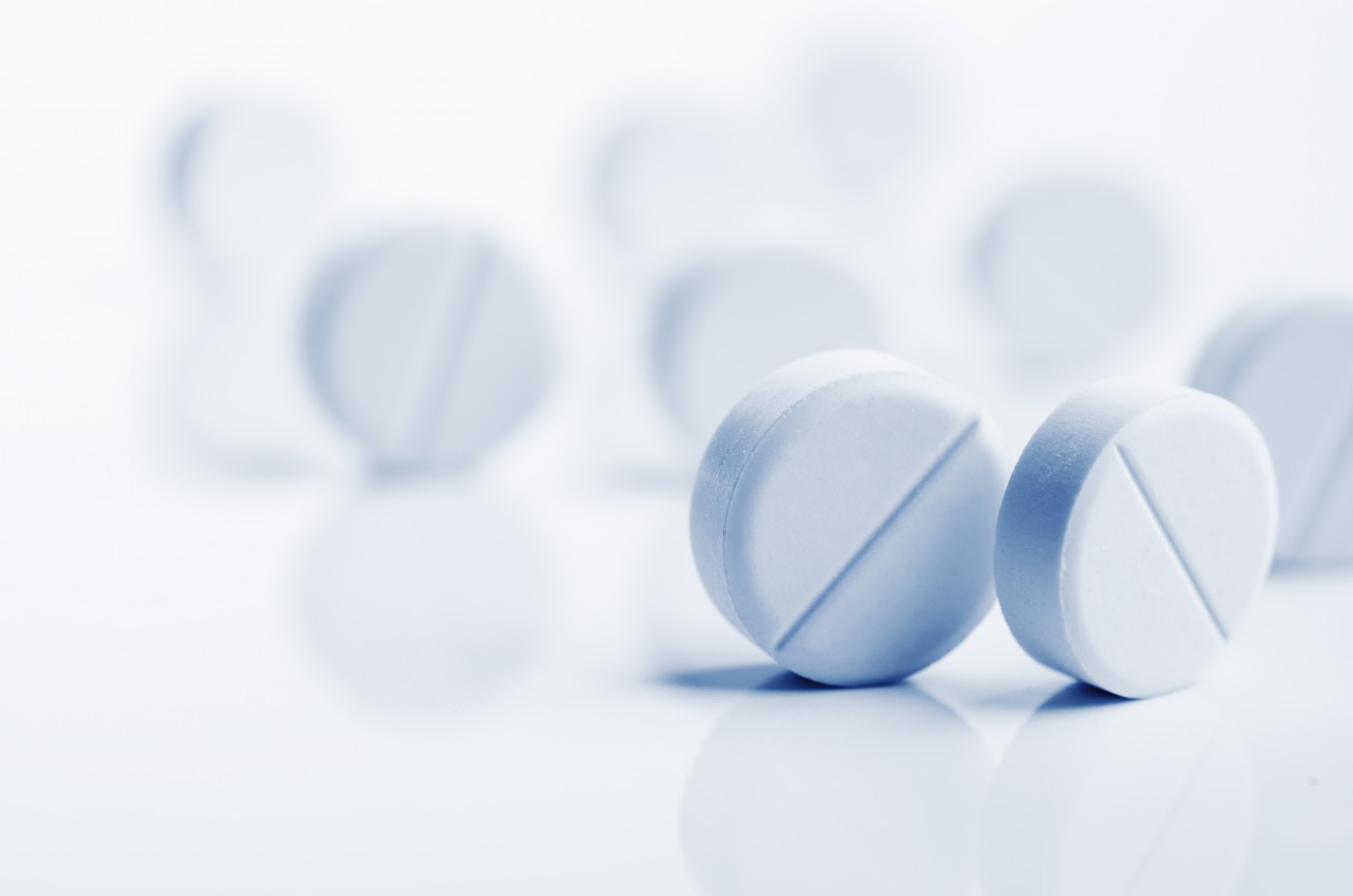Hypertension Medication Found to Offer Protective Effect Against Multiple Sclerosis Symptoms in Mice
Written by |

 A new study recently published in the journal Nature Communications led by researchers at The University of Chicago revealed that a drug for hypertension has a protective effect against symptoms characteristic of multiple sclerosis (MS) in mouse models. The study is entitled “Pharmaceutical integrated stress response enhancement protects oligodendrocytes and provides a potential multiple sclerosis therapeutic.”
A new study recently published in the journal Nature Communications led by researchers at The University of Chicago revealed that a drug for hypertension has a protective effect against symptoms characteristic of multiple sclerosis (MS) in mouse models. The study is entitled “Pharmaceutical integrated stress response enhancement protects oligodendrocytes and provides a potential multiple sclerosis therapeutic.”
MS corresponds to a progressive, immune-mediated neurodegenerative disorder in which the body’s own immune system attacks the central nervous system (brain, spinal cord and optical nerves), causing inflammation and damage to the myelin layer that covers and protects neurons and to oligodendrocytes, which are the cells responsible for the production and maintenance of myelin. The loss of myelin and oligodendrocytes results in an impairment of signal transmission along the nerve fibers, leading to irreversible neurological disability. There is no cure for this disease that is estimated to affect approximately 2.3 million people worldwide.
Oligodendrocytes were previously shown to have an innate mechanism responsive to stress factors such as inflammation, leading to a temporary shut-down of normal protein production in the cell and selectively driving an increase in the production of protective proteins. In MS, this system is overloaded or malfunctioning which leads to oligodendrocyte death and demyelination. Protection of oligodendrocytes is seen as a potential strategy for relieving the disease.
In this study, researchers found that the FDA-approved drug guanabenz (for the treatment of high blood pressure) is capable of preventing myelin loss and easing MS symptoms by enhancing the innate cellular protective response against inflammatory stress.
“Guanabenz appears to enhance the cell’s own protective machinery to diminish the loss of myelin, which is the major hallmark of MS,” said the study’s senior author Dr. Brian Popko in a news release. “While there have been many efforts to stimulate re-myelination, this now represents a unique protective approach. You don’t have to repair the myelin if you don’t lose it in the first place.”
[adrotate group=”4″]
The research team exposed cultured oligodendrocyte cells to interferon gamma (a molecule known to increase inflammation and that has been implicated in MS pathogenesis), which led to a significant induction of myelin loss and cell death. When these cells were treated with guanabenz, myelin loss was prevented and cell survival was restored to normal levels. Similar results were observed in MS mouse models, where mice genetically engineered to have high concentrations of interferon gamma in the brain were protected from myelin and oligodendrocyte loss by guanabenz. Guanabenz also improved relapse by a reduction of almost 50% in severity in a mouse model where MS symptoms relapse and remit (cycling from high severity to low severity to high again).
“Human MS predominantly follows a relapsing-remitting pattern,” explained the study’s first author Dr. Sharon Way. “Our hope is that this approach would provide protection against future relapses by making them milder and less frequent.”
Researchers found that guanabenz acts by temporarily blocking a protein called eukaryotic translation initiation factor 2 (eIF2α) that when deactivated induces a stress response pathway that ultimately leads to protection against damage and cell death. This protective cascade triggered by guanabenz results in a decrease in inflammatory response and preservation of myelin and oligodendrocytes.
Guanabenz is planned to be assessed as a therapeutic candidate in MS clinical trials. “Guanabenz will probably not be a standalone drug, but we hope that it can be developed for use in combination with other medications,” said Dr. Popko. “Some current treatments can have severe side effects — for example dangerous infections in the brain. It would be of tremendous benefit for patients to have effective, less-risky therapies.”





